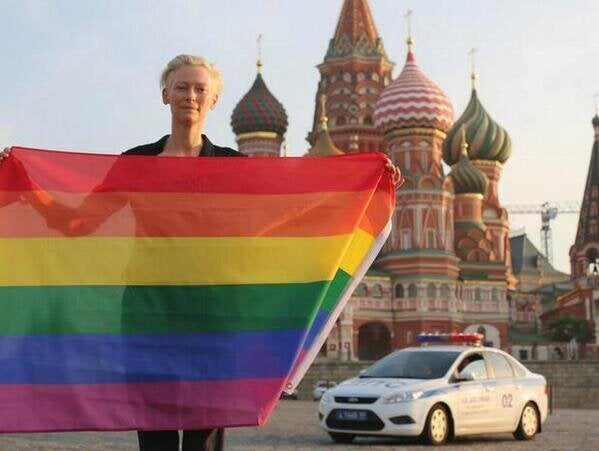When Canadians think of LGBTQ rights, a few things may come to mind: same-sex marriage being legalized in 2005, the annual Pride parades across the country, and discrimination protections enacted to protect the human rights of LGBTQ citizens. They might even think of openly gay political leaders, such as Ontario Premier Kathleen Wynne or long-time Edmonton City councillor Michael Phair.
Recent events have acted as a reminder that Canada's tolerance should not be taken for granted. Around the world, LGBTQ citizens are suffering through horrific acts of abuse, being criminalized and jailed, and in Chechnya, even being sent to concentration camps.
Chechnya has made headlines around the world for their recent wave of violence toward LGBTQ citizens. The Independent has reported on LGBTQ Chechens being subjected to beatings and electroshock torture inside these camps, which Russian newspaper Novaya Gazeta claims are detaining more than 100 gay men.
But, while these reports are atrocious, it is important to remember they are not uncommon. Chechnya's violence does not occur in solitude, but operates within a state-sponsored homophobic framework still upheld by 74 states around the world. Anti-LGBTQ laws vary in severity from jail time for distributing LGBTQ "propaganda" to the death penalty for participating in LGBTQ relationships, and are especially prevalent across Africa, where homosexuality is outlawed in 34 countries. Across Africa particularly, it's easy to see the ripple effects of anti-LGBTQ legislation on society as a whole -- first and foremost, in the health of their population.

With LGBTQ relations being outlawed or heavily stigmatized across the continent, the HIV/AIDS epidemic has continued to thrive. Limited resources are poured into responses to human rights abuses, leaving critical HIV/AIDS services for vulnerable populations severely under-resourced. According to UNAIDS, sub-Saharan Africa maintains the highest HIV-positive population at approximately 24.7 million citizens. Due to stigma and harsh LGBTQ legal restrictions, those who may be HIV-positive live in fear of judgment and jail time, making it highly dangerous to disclose their status, or to get tested at all. As a result, this region also sees some of the lowest rates of treatment.
However, as more progress has been made in Canada for both LGBTQ and HIV/AIDS-positive citizens, more support has reached communities who have been crippled by HIV/AIDS. While state-sponsored homophobia still runs rampant in Africa, many communities are slowly receiving more access to life-saving programs battling the disease on both a physical and mental level.
Without eradicating the stigma surrounding LGBTQ citizens, the world's most vulnerable populations will have little hope.
Programs have included anti-stigma work, which is key in battling homophobia, and by extension, HIV and AIDS. According to the Centers for Disease Control and Prevention, negative beliefs and actions towards gay men can affect both their physical and mental health; not only are rejected gay men less likely to be tested, but they are three times more likely to both use illegal drugs and have risky sex than those who are accepted by their communities. Both behaviours put LGBTQ citizens at an increased risk of contracting HIV.
Access to testing and antiretroviral therapy is also slowly improving as higher-quality healthcare works its way around the globe. According to WHO, antiretroviral therapy increased over 1,600 per cent between 2005 and 2015, bringing the total treated population to 12.1 million. Unfortunately, antiretroviral therapy rates are still lowest amongst concentrated populations of sex workers, injecting drug users, and gay men.
This discrepancy between HIV/AIDS treatment and LGBTQ rights is a continued battle, and hope lies in education and acceptance. Without eradicating the stigma surrounding LGBTQ citizens, the world's most vulnerable populations will have little hope of eradicating HIV/AIDS on a global scale.
The Stephen Lewis Foundation recently launched the LGBTQ Initiative on May 12 at the sixth annual Dare to Wear Love fashion show and gala. The initiative aims to donate $1 million over two years to 25 LGBTQ communities across sub-Saharan Africa.
To learn more, visit www.stephenlewisfoundation.org/lgbtq-initiative.
Follow HuffPost Canada Blogs on Facebook
Also on HuffPost:
